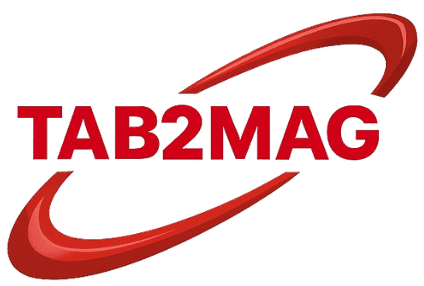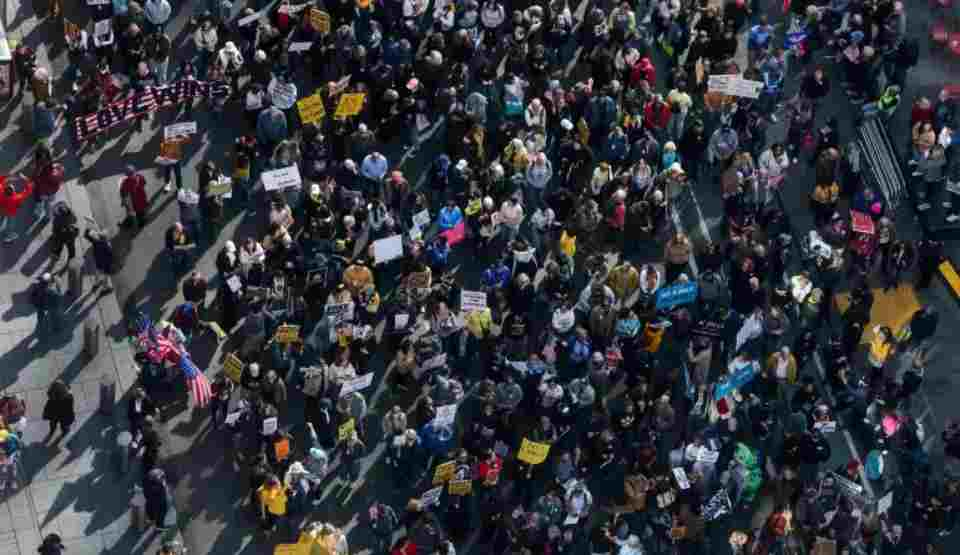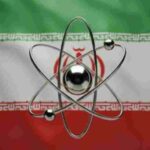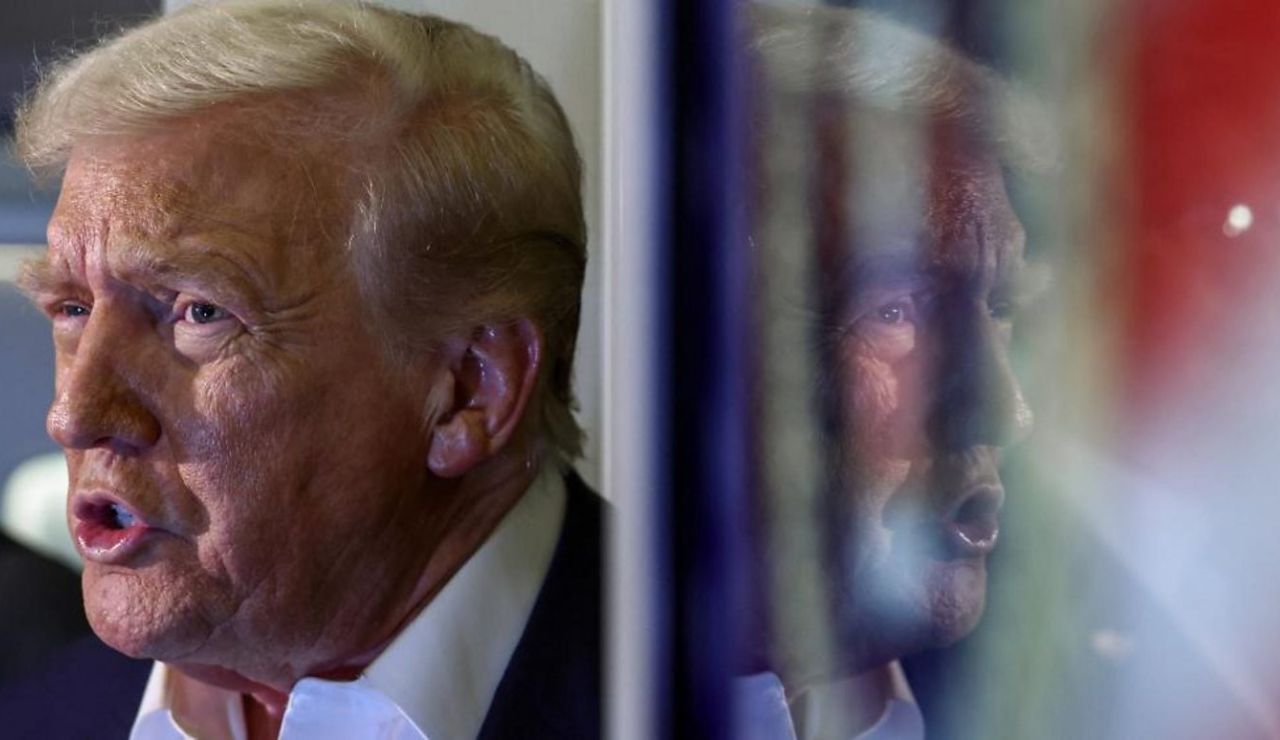Demonstrators flooded streets across the United States on Saturday for what organizers called “No Kings” protests, with more than 2,600 events planned nationwide to oppose President Donald Trump’s approach to governance.
The coordinated action marks the third major wave of resistance since Trump returned to office, unfolding as a government shutdown stretches into its 18th day. Organizers framed the demonstrations as a response to what they characterize as executive overreach that threatens the constitutional separation of powers.
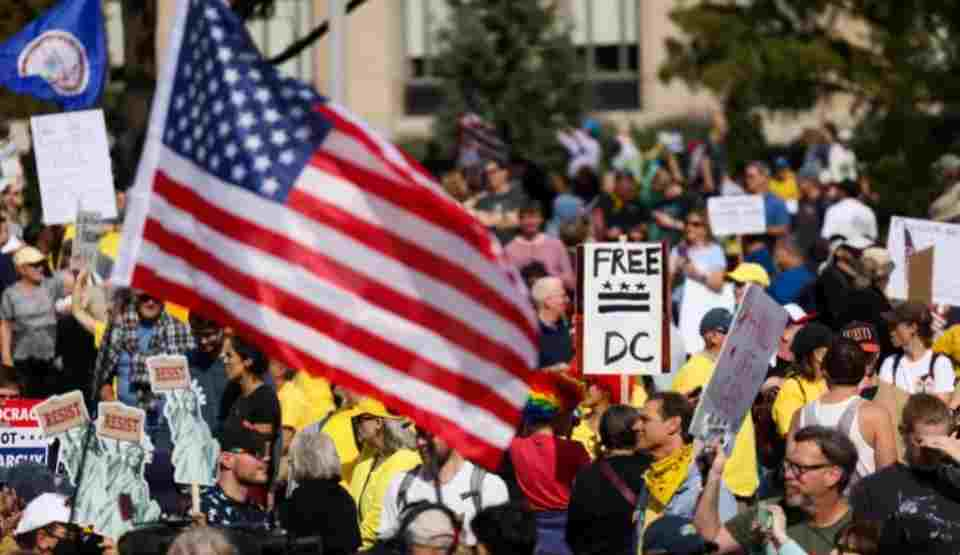
A Global Movement
The protests began beyond US borders, with hundreds assembling outside the American embassy in London, while demonstrators in Madrid and Barcelona staged solidarity events. By morning in Northern Virginia, protesters lined overpasses along routes into the nation’s capital.
In Bethesda, Maryland, one participant carried a sign declaring: “Nothing is more patriotic than protesting.”
Trump, spending the weekend at his Mar-a-Lago estate in Florida, pushed back against the characterization during a Fox News interview Friday. “They say they’re referring to me as a king. I’m not a king,” he stated.
Building a Unified Opposition
While previous demonstrations this year drew significant crowds—including spring protests against budget cuts led by Elon Musk and counter-rallies to Trump’s June military parade—organizers believe this mobilization represents something more cohesive.
“There is no greater threat to an authoritarian regime than patriotic people-power,” said Ezra Levin, cofounder of Indivisible, one of the organizing groups.
Prominent Democratic figures joined the effort, including Senate Leader Chuck Schumer and Independent Senator Bernie Sanders, lending institutional weight to grassroots anger over issues ranging from immigration enforcement tactics to restrictions on free speech.
By midday, thousands packed New York City’s Times Square, voices rising in chants of “Trump must go now.”
Legal Preparation and Safety Measures
The American Civil Liberties Union trained tens of thousands of volunteers to serve as marshals at demonstrations across the country, providing instruction in both legal rights and conflict de-escalation techniques.
Sharp Political Divide
Republican leaders dismissed the protesters as extremists. House Speaker Mike Johnson labeled the gatherings a “Hate America rally,” claiming participants would include “antifa types,” anti-capitalists, and “Marxists in full display.”
GOP officials argued that Democratic leaders like Schumer had capitulated to far-left pressure, prolonging the government shutdown to satisfy radical constituents.
Sanders rejected that framing in a Facebook post, countering: “It’s a love America rally.”
Historic Turnout Expected
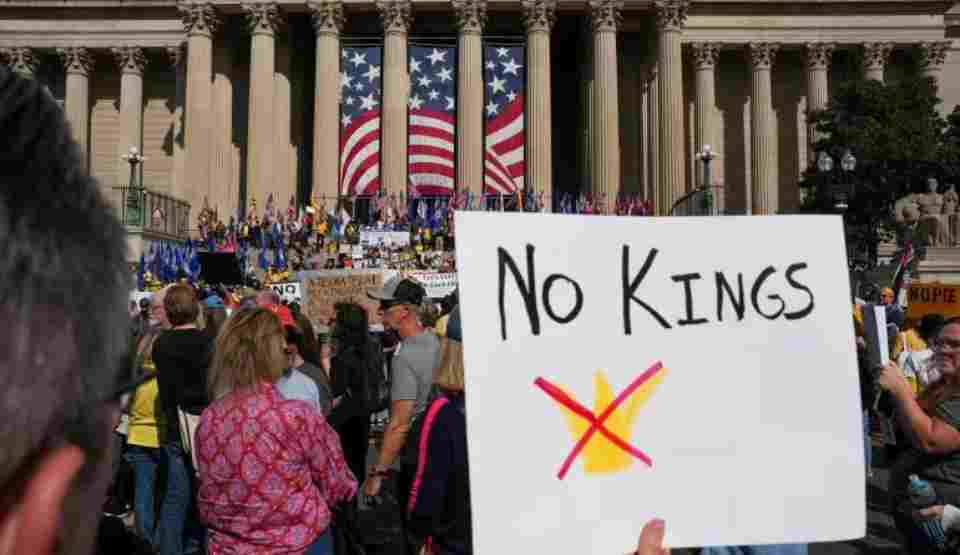
Dana Fisher, an American University professor specializing in US activism, predicted the protests could generate record participation. Based on advance registrations and turnout at June demonstrations, she estimated more than 3 million people might take part.
“The main point of this day of action is to create a sense of collective identity amongst all the people who are feeling like they are being persecuted or are anxious due to the Trump administration and its policies,” Fisher explained.
While she doubted the protests would directly alter Trump’s policy agenda, Fisher suggested the demonstrations might strengthen resolve among elected officials opposing the administration at federal, state, and local levels.
